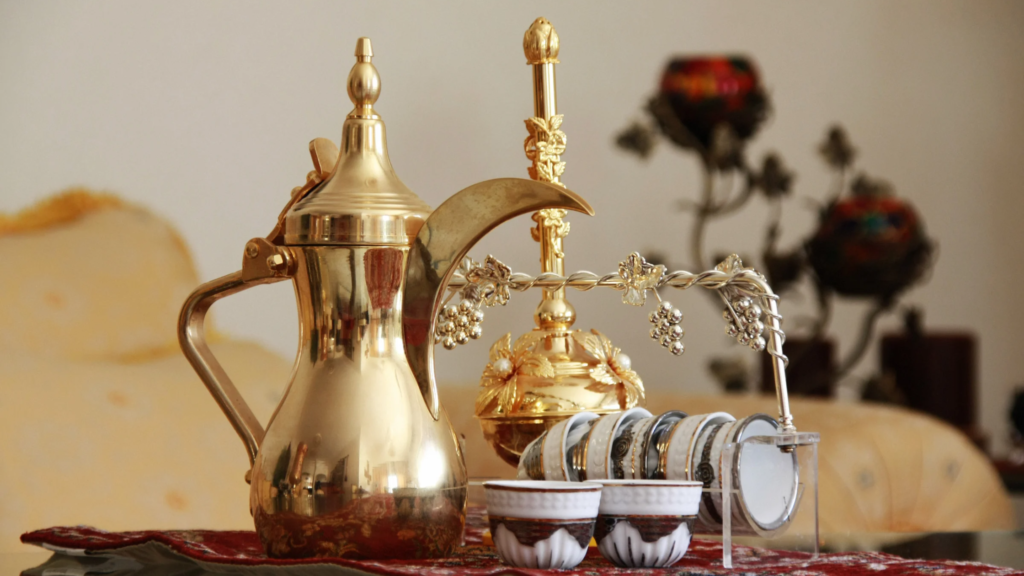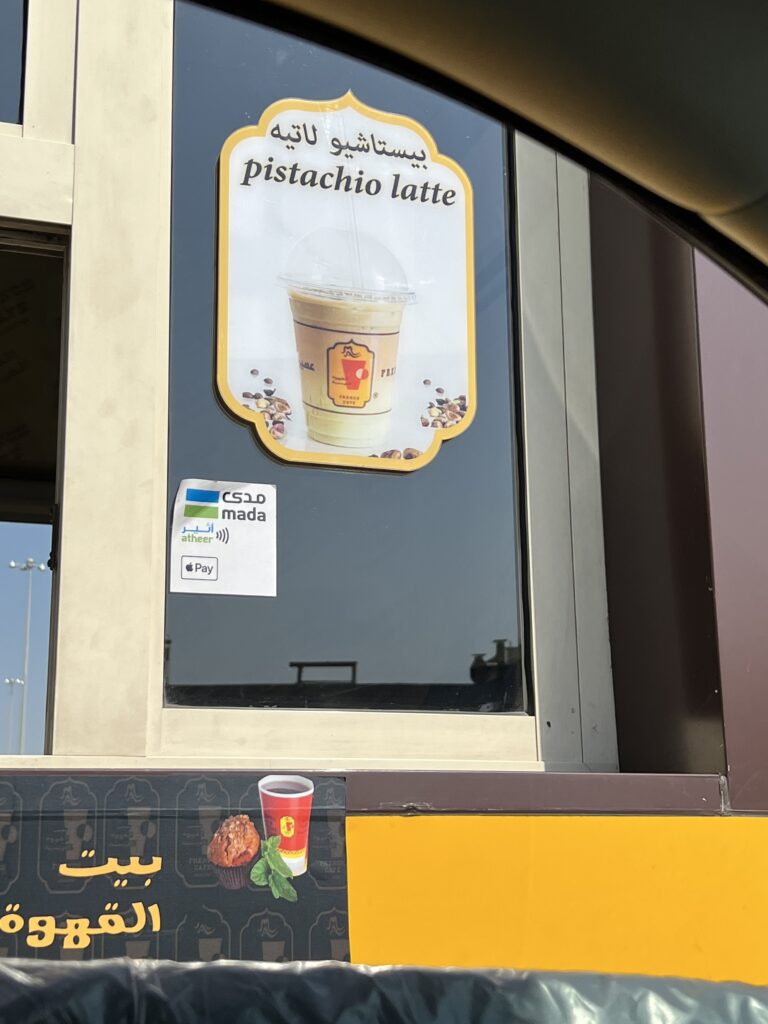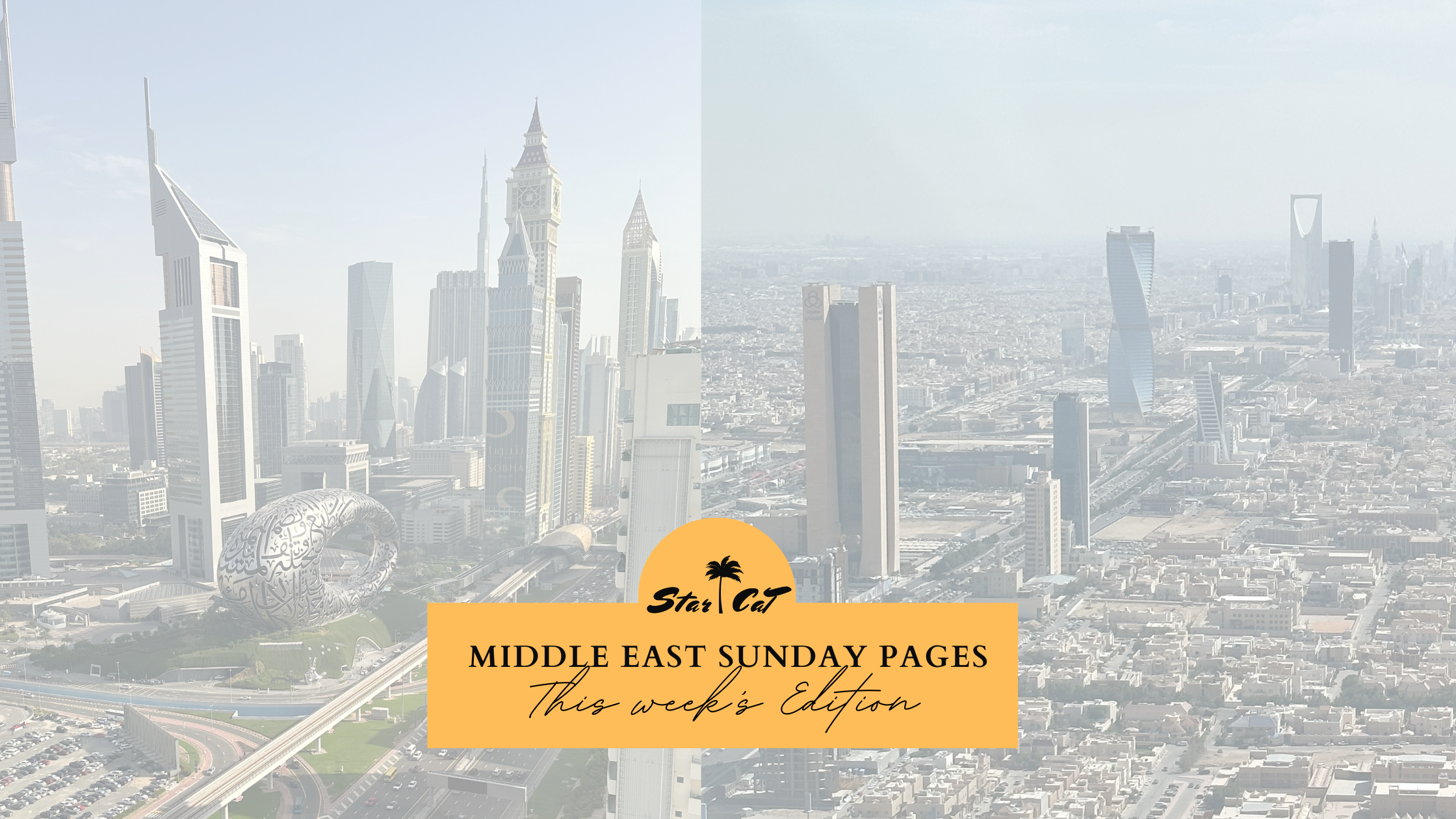
Saudi Coffee
Saudi coffee is a traditional drink that has been enjoyed in the Arabian Peninsula for centuries. Known as “qahwa” in Arabic, Saudi coffee is a rich, aromatic beverage that is an essential part of the country’s culture and hospitality.
But despite being an essential aspect of local Arabian culture for hundreds of years, Saudi Arabia’s coffee has only recently been celebrated as a critical part of the country’s cultural and historical heritage. The Saudi government actually declared 2022 as the Year of the Saudi coffee.
In this post, we will explore the history and cultural significance of Saudi coffee, as well as the unique brewing methods and flavours that make it so distinctive.
History and Cultural Significance
Coffee was introduced to the Arabian Peninsula in the 15th century, and Saudi Arabia has been an important player in the coffee industry ever since. Coffee beans were first cultivated in the country’s southwestern region of Yemen, which is still known for producing some of the world’s finest coffee.
Saudi coffee is more than just a drink—it is an essential part of the country’s hospitality and culture. In Saudi Arabian households, serving coffee to guests is a sign of respect and hospitality (so you shouldn’t really refuse it). It is also a way to bring people together and build strong relationships. Coffee is very often accompanied by dates, sweets, and other traditional snacks.
Brewing Methods
The traditional method of brewing Saudi coffee is quite different from the Western method of drip brewing. The beans are roasted on a flat metal pan over an open flame until they turn a deep, rich brown colour. They are then ground using a mortar and pestle or a mechanical grinder. The ground coffee is added to a pot of boiling water and simmered for several minutes.
The coffee is then strained through a cloth filter to remove the grounds. The resulting brew is thick, strong, and full-bodied, with a rich aroma and a distinctive, slightly bitter taste. It is often served in small, handle-less cups that are held by the rim to avoid burning the fingers.
Flavours
Saudi coffee has a unique flavor profile that sets it apart from other types of coffee. It is less acidic than Western coffee and has a slightly bitter taste that is balanced by a rich, earthy aroma. Some varieties of Saudi coffee are flavoured with cardamom, a spice that is native to the Arabian Peninsula and is a popular addition to coffee and other beverages in the region.
Cardamom gives Saudi coffee a distinctive, aromatic flavour that is both sweet and spicy. It is often used in small quantities, as it can overpower the delicate flavour of the coffee. Other traditional flavourings include saffron, cinnamon, and cloves, which add depth and complexity to the coffee’s flavour profile.

Health Benefits
Saudi coffee has been linked to a variety of health benefits, thanks to its high levels of antioxidants and other beneficial compounds. Studies have shown that drinking coffee can help reduce the risk of several chronic diseases, including type 2 diabetes, Alzheimer’s disease, and Parkinson’s disease.
Coffee also contains caffeine, which can help improve mental alertness and cognitive function. However, it is important to note that excessive caffeine consumption can cause side effects such as anxiety, insomnia, and heart palpitations.
Coffee Houses
Coffee houses, known as “qahwa shops,” are an essential part of Saudi Arabian culture and social life. These coffee shops are often decorated with traditional Arabic motifs and serve as meeting places for friends, family, and colleagues to gather and socialise over a cup of coffee. In some cities, coffee houses are open 24 hours a day and offer a variety of snacks and desserts to accompany the coffee.

Regional Variations
While Saudi coffee is beloved throughout the country, there are regional variations that reflect the unique tastes and preferences of different parts of Saudi Arabia. For example, in the eastern province, it is common to add cloves and cardamom to the coffee, while in the southwestern region of Asir, the coffee is often served with dates or honey. The use of different spices and flavourings can add depth and complexity to the coffee’s flavour profile and make each cup a unique and delicious experience.
Watch out for the Pistachio latte which is one of our favourites and very typically found in the Gulf states.

Saudi coffee is a traditional beverage that has been enjoyed in the Arabian Peninsula for centuries. Its rich flavour and cultural significance have made it an essential part of Saudi Arabian hospitality and culture. Whether you’re sipping coffee at a traditional coffee ceremony or enjoying a cup at home, the unique flavours and brewing methods of Saudi coffee are sure to leave a lasting impression.
If you want to learn more about the Middle East and all their traditions then sign up to our FREE Middle East Insights Newsletter.




This Post Has 0 Comments